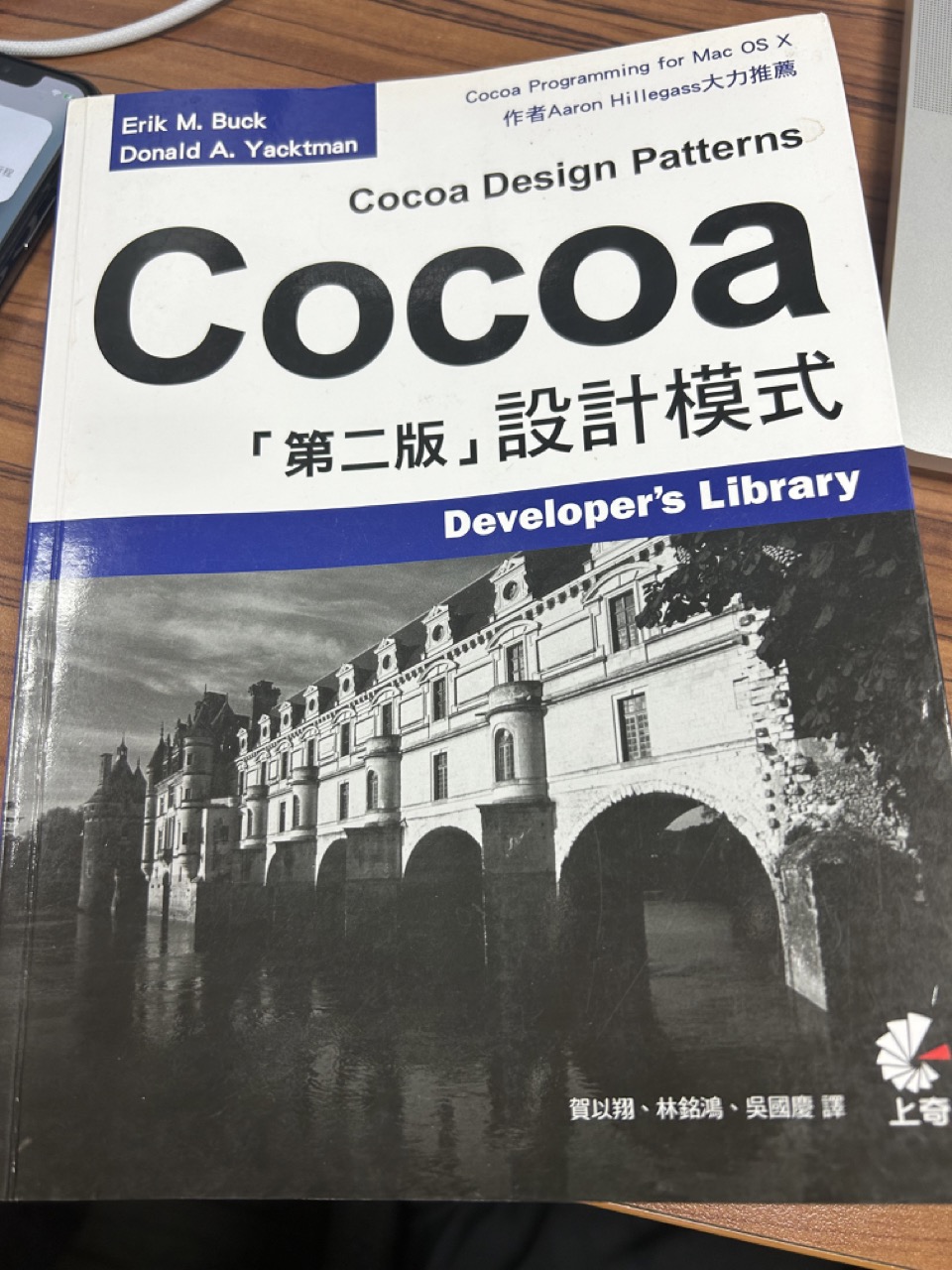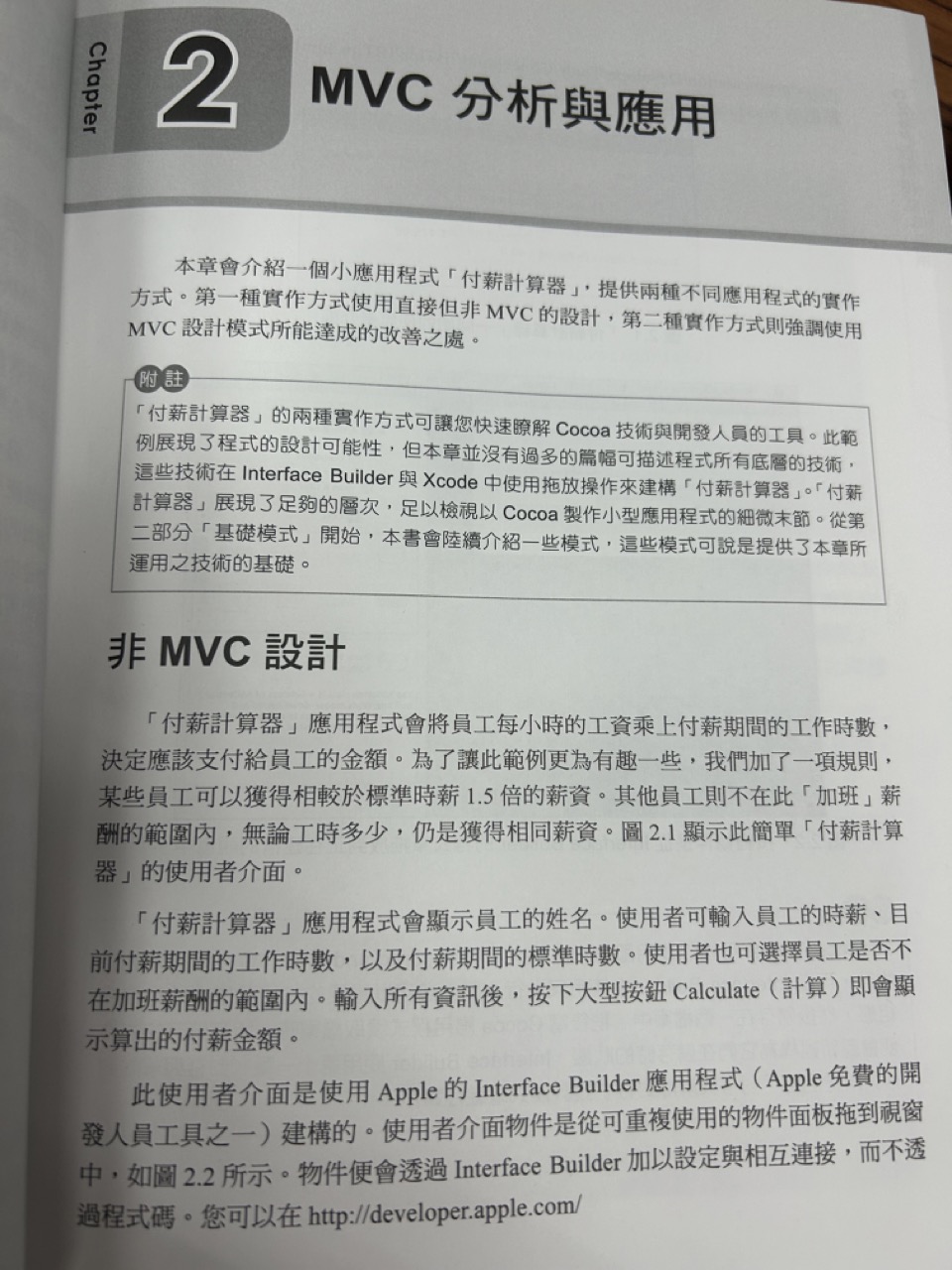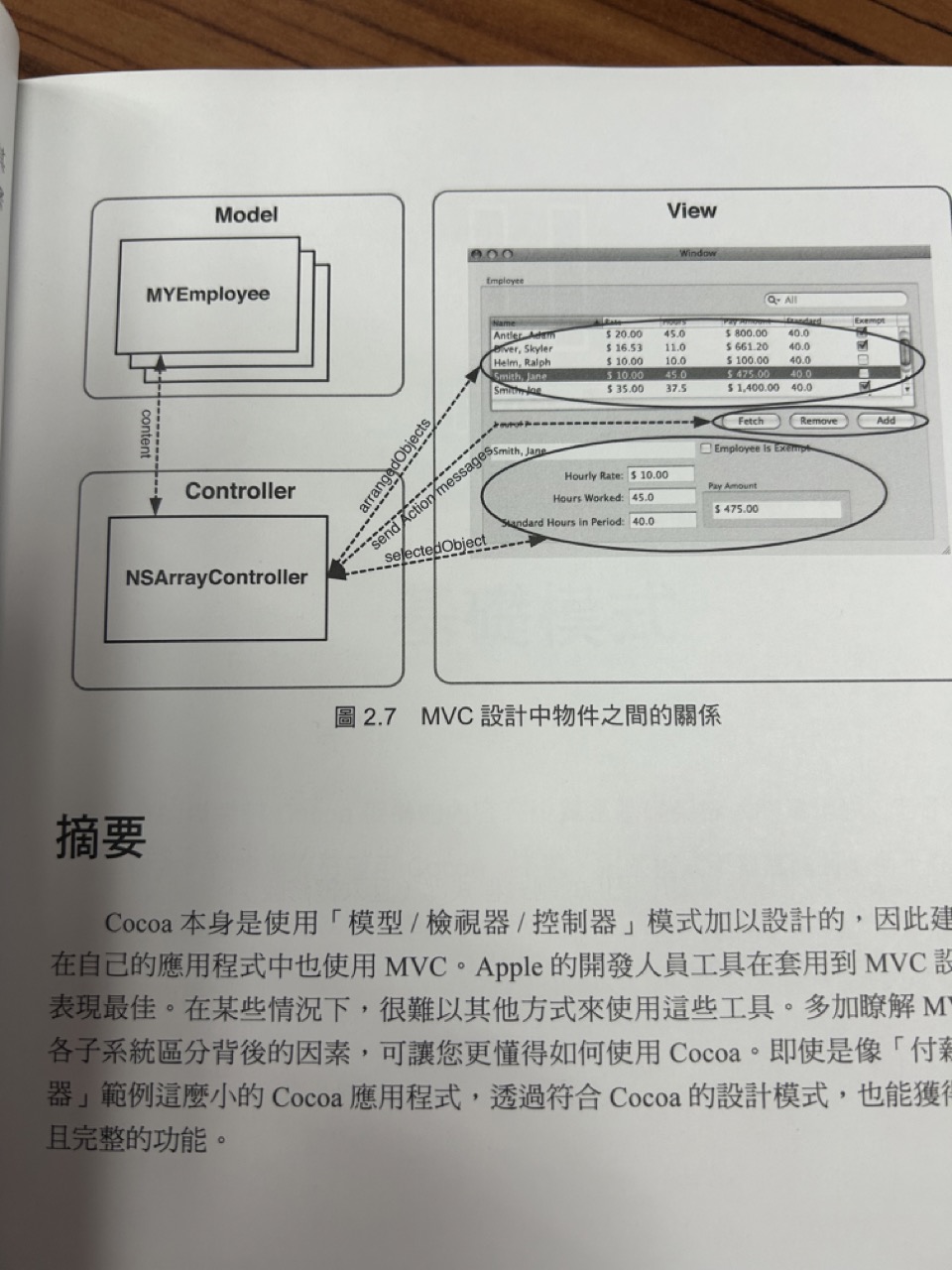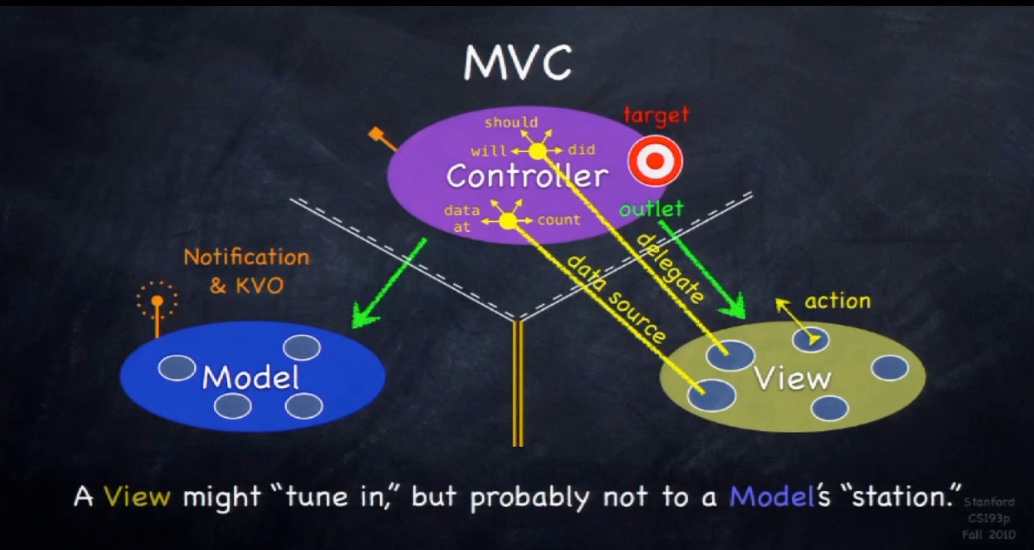iOS MVC Architecture
MVC is Apple’s exemplary framework; in the era of UIKit, it was an important pattern. Recently, whenever I find some free time, I spend it reading an old book, Cocoa Design Patterns.

Chapter Two: Analysis and Application of MVC

Apple’s Cocoa design pattern of MVC is a software development approach that divides an application into three parts: Model, View, and Controller. This separation makes the code easier to maintain and reuse, enhancing the application’s performance and testability.
The Model is responsible for managing the application’s data and logic. It does not interact directly with the user interface but updates or retrieves data through the controller. The model can be any type of object, such as arrays, dictionaries, files, or web services.
The View is responsible for displaying the user interface of the application. It receives user input and events and passes them to the controller. Views can be any type of user interface component, such as buttons, labels, images, or tables.
The Controller coordinates the model and view. It is the main logic layer of the application. The controller can receive input and events from the view and act accordingly, such as updating the model or changing the view. Controllers can also communicate with other controllers to implement more complex functionalities.
Book Example: Payroll Calculator
In a payroll calculator, the Model is the Employee class. After triggering calculatePayAmount(:), the employee’s salary is calculated. If a program is not divided according to the MVC functionality, the call relationships would look like the diagram below. Note that even without MVC, a program can still function correctly; the first version may work well, but problems arise during subsequent expansions.

If we were to separate the Model and View, a Controller would act as a mediator to prevent tight coupling between the View and Model. In a project that continuously adds features, it’s common to encounter such situations.
V1.1 (Hypothetical but possible scenarios)
- UI needs rounded corners, gradients, and shadows
- UX requires placeholder text if input fields are empty
- Search bars should have autocomplete suggestions
V1.2 (Hypothetical but possible scenarios)
- Each branch’s holidays differ based on location, requiring an expansion of the fields in the employment contracts to include regional specifics
- Introducing an intern position with different payroll calculations than regular employees, varying by region
- Currency conversion with UI fields displaying corresponding currency symbols (accurate to three decimal places)
With these feature additions, any modifications to the view could potentially affect the model, and vice versa. This design is prone to subtle bugs during development. Apple recommends adopting the MVC pattern in development, inserting a controller between the model and view, as shown in the diagram below.

Since the Cocoa design patterns book was published a long time ago and does not include iOS examples, it’s worth noting that iOS’s UIKit is a subset of macOS’s (as of UIKit’s release). This is mentioned in another book, Creative Competition. Therefore, iOS development certainly applies this pattern. Below is a diagram from Stanford 193 p, representing MVC in iOS.

In iOS Apps, When Views Touch Models
/// FooTableViewCell, representing MVC's View in the UI displaying Employee data
class FooTableViewCell: UITableViewCell {
/// Employee is the data-carrying object, MVC's Model
/// Handling Model inside a View object; the program might function but it doesn't adhere to the MVC pattern
func setup(_ employee: Employee) {
// Implementation omitted
}
}
It is recommended not to couple the View and Model together in projects. Keep Views purely for presenting data, let Models describe data, and use Controllers (or other non-View objects) for assembly. Besides the MVC pattern, the MV(X) family has branched out extensively, and many examples on GitHub can meet your needs.
